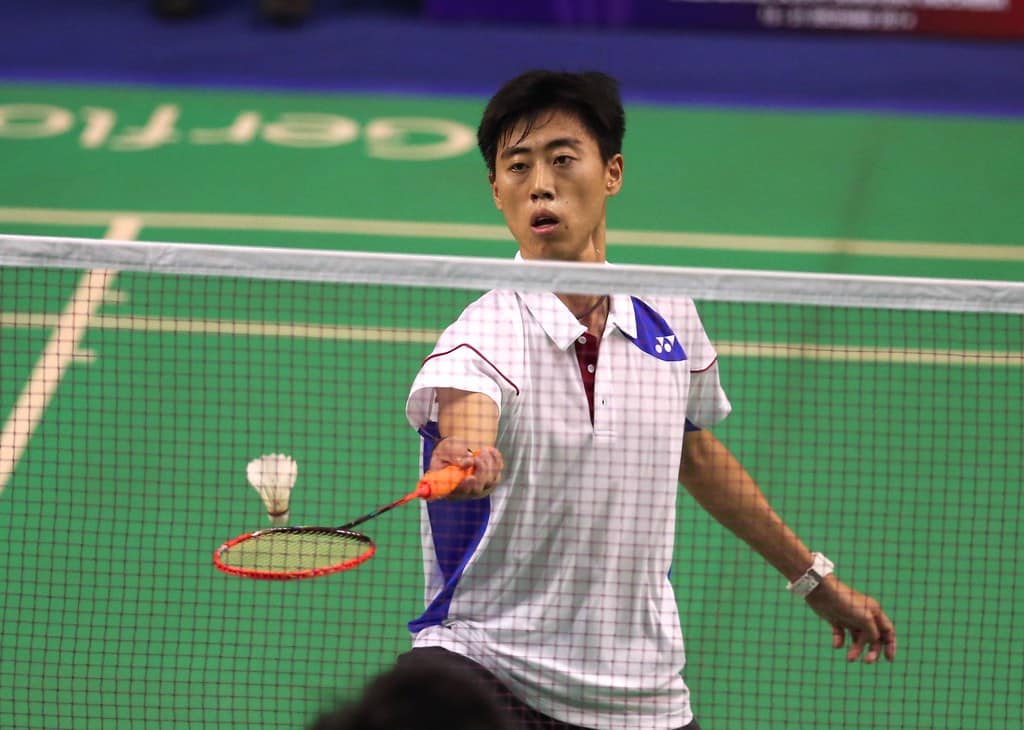

The aerodynamics of a shuttlecock has been a subject for many scientific studies pertaining to spin, drag and projectile. Given its shapes, its axis plays a crucial role in its rotational symmetry. Even a flat shot might result in the shuttle’s rotation of relatively lower degrees.
The concept of spin in badminton refers to the manner in which the birdie is sliced. This can be either a backspin or a topspin. When a spin is inculcated on the shuttle, it results in an altered path of the shuttle which might land at the fore- or the mid-court. The landing of a shuttle with spin is more steeper and abrupt than a normal shot.
When the slice is made on the side of the shuttle, then it’s direction is often in the direction opposite to what the player’s racquet or body posture suggests. This often confuses and deceives the opponent. This is one of the reasons why “spinning” or “slicing” the shuttle comes under the umbrella of an advanced set of badminton shots called deception.

A spinning net shot or a tumbling net shot is when the shuttle is sliced from underneath, making the shuttle turn over itself multiple times as it crosses the net. This bamboozles the opponent as making contact with the shuttle until it has reoriented itself can result in the shuttle going in an inadvertent direction. This shot is more effective when the slice is made from right to left than left to right. This direction is decided based on the shuttle’s rotational axis. This shot is also difficult to return because once the shuttle reorients itself, it follows an extremely steep descend.
The concept of spin in badminton requires a great deal of practice to gain mastery over. It is a tactic that can be employed while serving, returning or in between a rally, making it a flexible weapon in a player’s arsenal.





